Cryptorchidism in Horses
Updated on 05/27/24
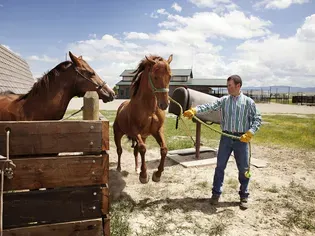
Cryptorchidism in Horses: A Comprehensive Guide for Owners and Breeders
Introduction
Cryptorchidism, a condition that affects the reproductive system of male horses, has been a topic of concern for owners and breeders alike. This condition, characterized by the failure of one or both testicles to descend into the scrotum, can have significant implications for the horse's health and reproductive potential. This comprehensive guide delves into the intricate aspects of cryptorchidism in horses, providing a thorough understanding of its causes, symptoms, diagnosis, and management options.
Causes of Cryptorchidism
The exact cause of cryptorchidism in horses is not fully understood, but it is believed to be influenced by a combination of genetic and environmental factors. Some of the potential causes include:
* Genetic Factors: Inherited genetic mutations can predispose a horse to developing cryptorchidism. Studies have identified specific genes associated with this condition.
* Hormonal Imbalances: During embryonic development, hormones play a crucial role in the descent of the testicles. Imbalances in these hormones, such as insufficient levels of testosterone, can disrupt this process and lead to cryptorchidism.
* Environmental Factors: Exposure to certain environmental toxins or chemicals, such as pesticides or heavy metals, may also interfere with testicular descent.
Symptoms of Cryptorchidism
The primary symptom of cryptorchidism is the absence of one or both testicles in the scrotum. In most cases, the retained testicle can be felt within the abdomen or inguinal canal, which is the passageway through which the testicles normally descend. Other signs that may accompany cryptorchidism include:
* Asymmetrical scrotum: The scrotum may appear underdeveloped or empty on one side if only one testicle is retained.
* Behavioral problems: Cryptorchid horses may exhibit abnormal behaviors, such as aggression or excessive mounting, due to the presence of undescended testicles.
* Infertility: Retained testicles typically produce impaired sperm, which can result in infertility.
Diagnosis of Cryptorchidism
A thorough physical examination by a veterinarian is essential for diagnosing cryptorchidism in horses. The veterinarian will palpate the inguinal canal and abdomen to search for the retained testicle. In some cases, an ultrasound examination may be necessary to confirm the diagnosis and determine the location of the undescended testicle.
Management Options
The management of cryptorchidism in horses depends on several factors, including the horse's age, the location of the retained testicle, and the desired outcome. The following options are commonly employed:
1. Surgical Castration:
This is the most common approach for managing cryptorchidism. Surgical castration involves removing both testicles, eliminating the risk of complications associated with undescended testicles. It also prevents the horse from reproducing.
2. Orchidectomy:
In cases where the retained testicle is accessible, an orchidectomy may be performed. This surgical procedure involves removing only the undescended testicle, preserving the other testicle and its reproductive function.
3. Hormone Therapy:
Hormone therapy may be considered in young horses where the testicles have not fully descended. This involves administering hormones that stimulate testicular descent. Hormone therapy is not always effective and may require prolonged treatment.
4. Observation:
In some cases, owners may opt to monitor cryptorchid horses without surgical intervention. This approach is typically taken if the horse is not intended for breeding and there are no signs of discomfort or complications. Regular veterinary examinations are necessary to monitor the horse's health and assess any changes in the condition.
Complications of Cryptorchidism
Retained testicles are associated with several potential complications, including:
* Testicular Tumors: Cryptorchid testicles have an increased risk of developing tumors, such as seminomas and Sertoli cell tumors.
* Inguinal Hernias: The presence of a retained testicle in the inguinal canal can weaken the surrounding muscles, leading to an inguinal hernia.
* Torsion of the Testicle: The undescended testicle may undergo torsion, a twisting of the spermatic cord that can cut off blood supply and cause severe pain.
Prevention of Cryptorchidism
While the exact causes of cryptorchidism are not fully understood, certain measures may help reduce the risk of developing this condition:
* Proper Nutrition: Ensuring that pregnant mares receive adequate nutrition, especially during the latter stages of gestation, is essential for proper fetal development, including testicular descent.
* Avoidance of Toxic Substances: Minimizing exposure to potential toxins and chemicals during pregnancy can help protect the developing fetus from potential disruptions in testicular descent.
* Genetic Testing: Breeders can utilize genetic testing to identify stallions with a predisposition to cryptorchidism, allowing them to make informed breeding decisions.
Conclusion
Cryptorchidism in horses is a complex condition that can have significant implications for the horse's health and reproductive potential. Understanding the causes, symptoms, diagnosis, and management options is crucial for owners and breeders. While surgical castration remains the most common approach, other options may be considered depending on the individual horse and the desired outcome. Regular veterinary examinations and monitoring are essential to ensure the well-being of cryptorchid horses and to detect any potential complications.
Explore More Pets
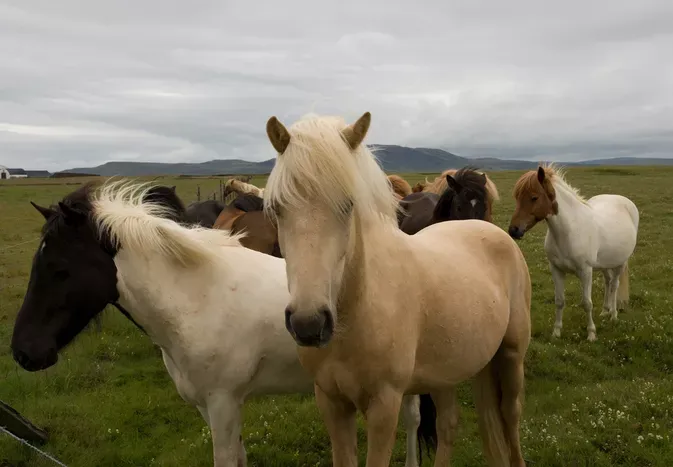
Pony Breeds
The Difference Between Horses and Ponies

Horse Diseases & Conditions
What Do I Do If My Horse Colics?
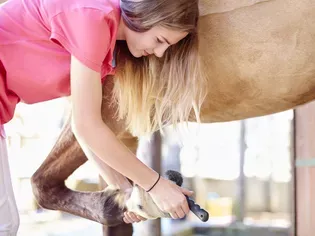
Pony Breeds
Horse and Pony Care by the Day, Week, Month and Year
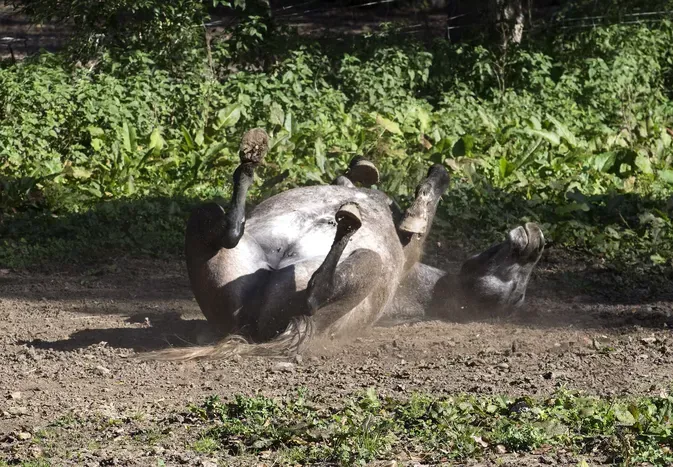
Horse Grooming
Mange in Horses
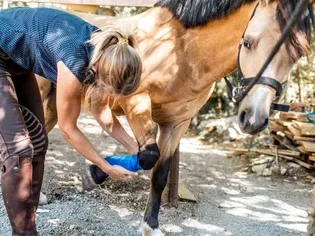
Horse Diseases & Conditions
Grease Heel in Horses

Light Horse Breeds
Gypsy Vanner Horse Breed Profile
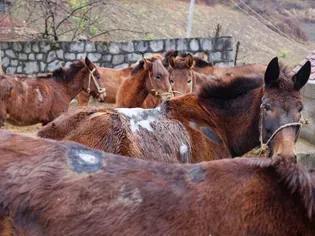
Horse Diseases & Conditions
Girth Galls and Saddle Sores
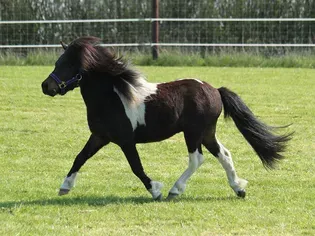
Pony Breeds
Shetland Pony Breed Profile
